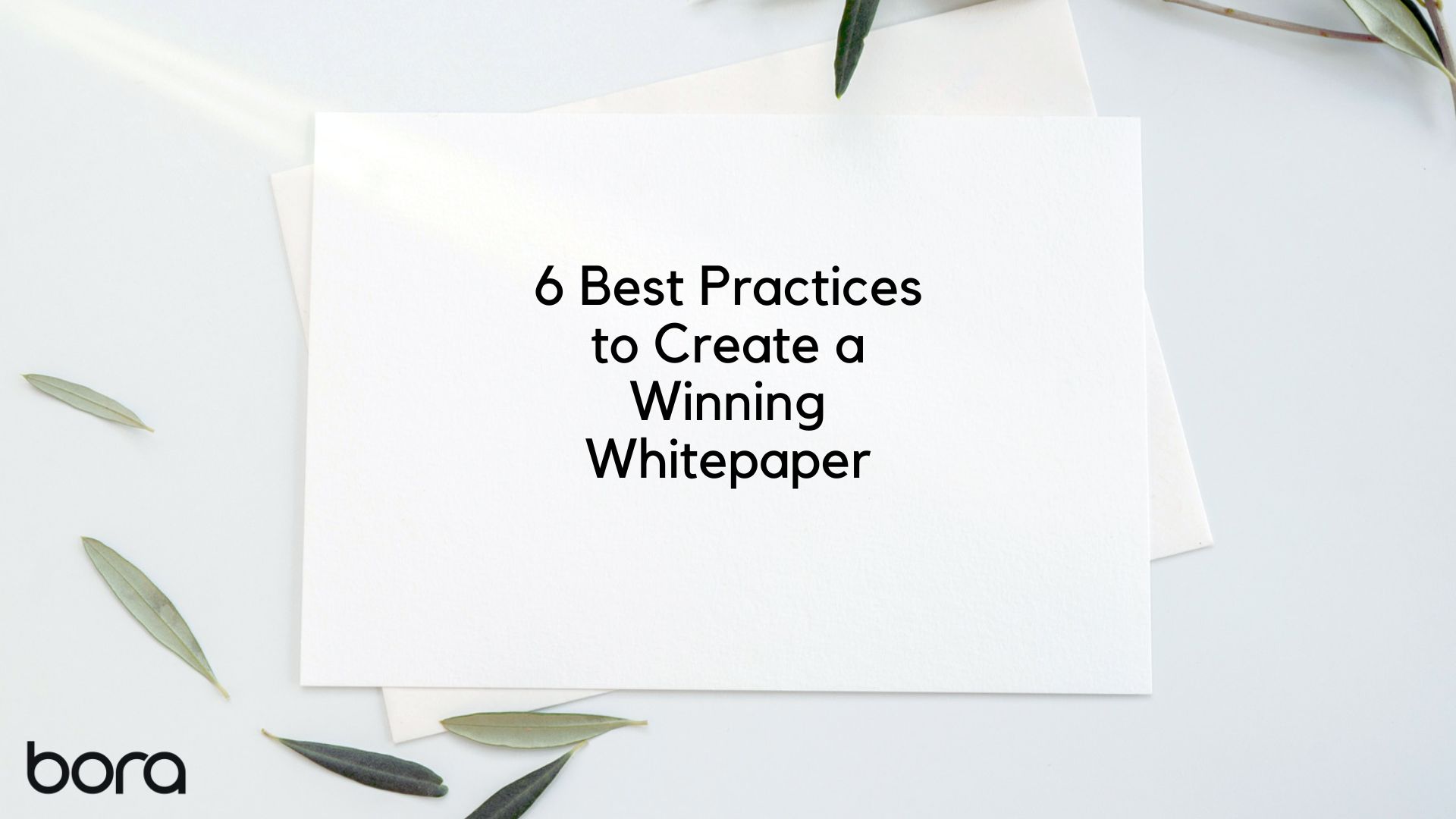A whitepaper is an authoritative report (written from a somewhat objective perspective) that presents comprehensive information on a topic or product, details the problems with the topic or product, and provides solutions to the reader.
Whitepapers act as great marketing collateral which serves to demonstrate a business’s authority over a particular niche. Marketing collateral is any branded asset that promotes a company, product, or service.
Whitepapers can be presented as openly accessible, or gated content, depending upon both the quality of the document and the objective behind it. If a Whitepaper is openly accessible anyone, anywhere can have free, unrestricted, online access to it. Gated content is when you position your whitepaper behind a “lead capture” form, requiring interested readers to register to access it. An effective ongoing content audit will determine the quality of the content and its suitability for gating or not, with the final approval being at the discretion of the relevant decision-makers within your organisation. The objective of the piece should be the key factor in determining whether gating your content is preferable. For lead generation, gating is preferable, whereas if the intention is to drive traffic to your site and increase the links to it, making your whitepaper openly accessible is the better option.
Your whitepaper should not read like a sales brochure. In its survey of 174 business-to-business (B2B) executives, the Demand Gen 2022 Content Preferences Survey Report identified credibility as one of the primary themes. The analysis of the data indicates that 41% of respondents said they placed a higher emphasis on the trustworthiness of the source, whilst 39% said they prefer credible content from industry influencers. These statistics align with another finding from the survey, namely that, in answer to the question “What recommendations would you make to improve the quality of the content created/provided by B2B Vendors?” the top response was “curb the sales messages”.
How to create a cybersecurity whitepaper
A cybersecurity whitepaper should detail a convincing and engaging discourse. It should convey the importance of the subject while giving you credibility as a thought leader in your field through demonstrating considered analysis of relevant supporting evidence. The best way to make sure that this is achieved is by following a logical structure. Each statement should be supported with relevant and thoroughly researched information.
Presented below are 6 best practice tips to help you create a winning whitepaper:
1) Buyer Personas
Consider your buyer personas. Based on data and research, buyer personas are semi-fictional representations of your ideal customers. A deep understanding of your buyer personas is critical to driving content creation. Ensure that your whitepaper is addressing current or prescient issues that are, or will become, relevant to your target audience. As previously expressed in the Demand Gen report, if your buyers are intimating that they prefer credible content from industry influencers, ensure contributors to your whitepaper carry suitable gravitas within the industry and on the topic/product.
2) Structure
Structure accordingly. The basic layout of a whitepaper can best be represented by the image below. Adherence to a structure does not necessitate a “boring” document. Utilise the creative tools you have at your disposal to intersperse your document with vibrant colours and infographics to bring it to life.

Image courtesy of Purdue OWL.
3) Tone
Establish the correct tone. As previously stated, your whitepaper should not read like a sales brochure. Alongside this, it is important to remember that a whitepaper is an authoritative report which presents all dimensions of a particular issue or topic. Whilst the tone can be somewhat conversational, it needs to be more formal and professional than a blog post or an eBook, for example. Avoid jargon and colloquialisms, and deploy a style you would use when writing an academic piece of work.
4) Format
Ensure that your whitepaper has an appropriate format and a suitable length. Your format should present information as clearly and concisely as possible. Bullet points and headings will help to organize information easily, whilst larger sections of text can be interspersed with quotations to aid readability. Authority figures on this subject posit that a whitepaper should span roughly 5 to 12 pages in length, and consist of around 2,500 words.
5) S.E.O
Don’t neglect Search Engine Optimization (S.E.O)! Remember to follow the same S.E.O best practices when optimising your whitepaper as you would when preparing a web page. Create landing pages for different personas that have keywords that match them and place the keywords within the URL (while aiming to keep the URL as concise as possible). Install quality backlinks that take users from the whitepaper to your website’s Pillar Page. The quality of the backlink counts, with each backlink carrying its own authority, depending on its source.
6) Promote your whitepaper
Promote your whitepaper to gain maximum visibility. Promote across your social media channels, curating your content for each channel to best reflect what your audience on that channel requires.
Whitepapers can enrich your workplace and governance in several ways. Bora can help to create high-value, well-researched whitepapers that create awareness, provide insight, help establish you as a cybersecurity thought leader, and will drive sales leads. Contact us at Bora today!




